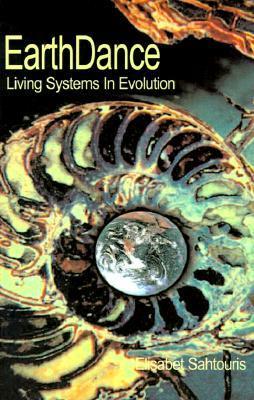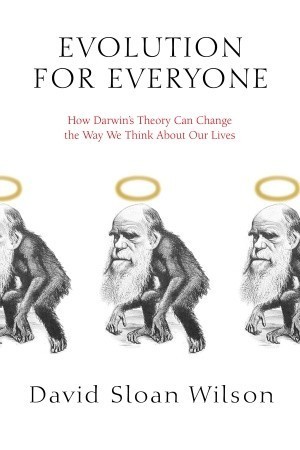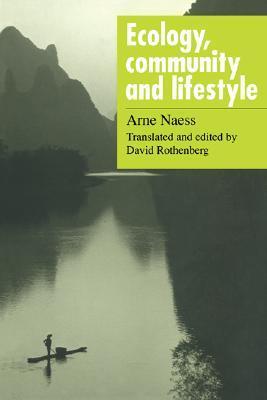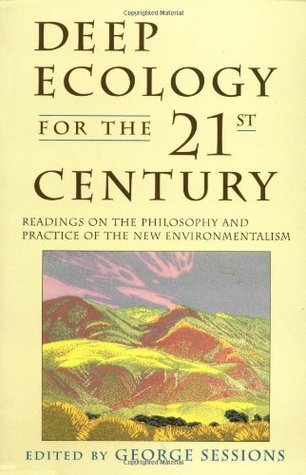
EarthDance: Living Systems in Evolution
Book Description
What if the secrets of our survival lie buried in the dance of life itself? In "EarthDance: Living Systems in Evolution," Elisabet Sahtouris unveils the breathtaking interconnectedness of all living systems, revealing how nature’s rhythms inspire resilience and innovation. Dive into a world where ecosystems are dynamic, thriving entities, teaching humanity the art of cooperation over competition. As the threats of climate change and social disarray loom large, this compelling manifesto sparks hope and ignites action. Can we learn to move in harmony with the earth's intricate choreography before it’s too late?
Quick Book Summary
"EarthDance: Living Systems in Evolution" by Elisabet Sahtouris invites readers to reimagine evolution through the lens of cooperation and interdependence. Sahtouris merges scientific discoveries with philosophical insight, suggesting that Earth's systems thrive not through endless competition but through vibrant collaboration. By tracing the evolutionary journey from single-celled organisms to present ecosystems, she demonstrates how life's continual dance produces balance and adaptability. Through recognizing these patterns, humans can reconnect with the rhythms of nature and unlock solutions to ecological and social crises. The book ultimately offers a blueprint for aligning human society with the wisdom found in nature, proposing that our survival rests upon learning from the world’s living systems.
Summary of Key Ideas
Table of Contents
Evolution as a Cooperative Process
Sahtouris reframes the common narrative of evolution that spotlights competition and survival of the fittest. She argues that cooperation, rather than conflict, is the driving engine behind life’s diversity and flourishing. From primitive bacteria forming symbiotic communities to complex biological networks within modern ecosystems, nature reveals an inclination for mutually beneficial relationships. This perspective challenges reductionist science and opens the door to a holistic understanding of evolution’s creative processes.
Interconnectedness of Living Systems
Central to the book is the concept of interconnectedness. Every organism exists as part of a larger system, engaged in constant exchange with its environment. Sahtouris explores how energy, nutrients, and information cycle through webs of life, weaving a tapestry of interdependence that maintains ecosystem health. By tuning into these patterns, she argues, humans can better understand their place within the biosphere and appreciate the planet as a living, self-organizing entity.
Nature’s Cycles of Crisis and Renewal
Periods of crisis and renewal are not aberrations but essential dynamics observed throughout evolutionary history. Sahtouris reveals how systems destabilize and reinvent themselves when faced with disruption, innovating new forms of cooperation and organization. These natural cycles offer inspiration for addressing contemporary ecological and societal breakdowns, suggesting that collapse can catalyze creative transformation and greater resilience.
Learning from Nature for Human Society
Drawing on nature’s wisdom, Sahtouris proposes that human societies can learn to embody the same principles that sustain thriving ecosystems. She envisions economies, communities, and technologies patterned after the regenerative, cooperative strategies observed in the natural world. By shifting values from competition to collaboration, humanity can foster sustainability, heal environmental damage, and build more harmonious social structures.
Shifting from Competition to Collaboration
Ultimately, "EarthDance" is a call for a radical paradigm shift. Sahtouris urges readers to move beyond an outdated worldview of isolation and struggle, embracing instead the choreography of life as an interconnected, co-evolving system. Through this lens, hope emerges for meeting the challenges of climate change, resource depletion, and social division. The book instills faith that learning from Earth’s evolutionary dance is key to creating a thriving future for all living beings.
Download This Summary
Get a free PDF of this summary instantly — no email required.





